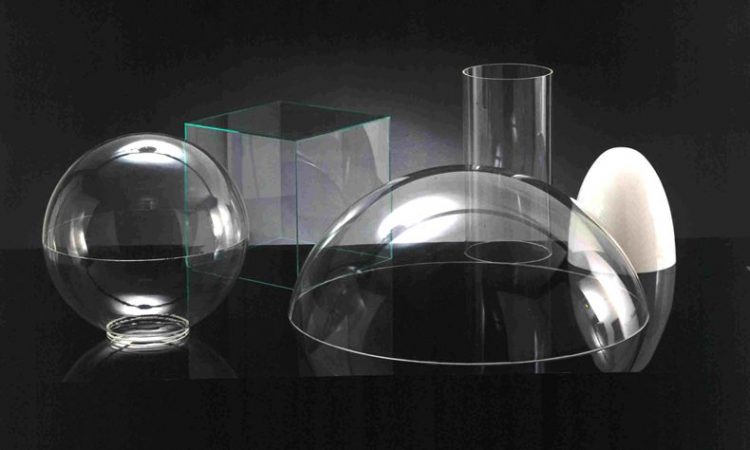There are numerous plastic production processes to choose between, and you will find broad ranges associated with flexibility of shape, startup costs, costs per component part, completion time, as well as the scale of production the method facilitates. Popular methods feature CNC (computer numerical control) machining and vacuum formation, both of which serve alternative design and style and production requirements. CNC, for example, has a medium degree of freedom when it comes to the form, a completion time of under a day, a medium setup cost, expensive individual components, and suits large scale development. Vacuum formation, however, has a very limited flexibility of form, best suited for developing simple shapes, and can have a completion period of up to a month. Furthermore, as there is a vast scale of CNC machines, ranging from simple desktop devices, to much more advanced machines, the setup costs vary from very low to very high, and the price per component and the completion time are highly diverse, and determined by the sophistication of the machine. {Click here for more tips www.displaydevelopments.co.uk
Introduction To CNC Machining
CNC machining is a computer operated subtractive process, which removes material from plastic as a way to build the chosen shape. The computer is high-tech, with the capability to convert a model into figures by using a computer aided design computer software program. The figures are able to operate the equipment to cut the required shape. To set up, the pieces of equipment require an intermediate step in the creation and validation of tool paths. When the machine receives the tool paths, the subtractive process is launched. When the construction is finished, the component part is cleansed, smoothed, and trimmed.
For low volume plastic component part requests that require tight tolerances and forms which are tough to mould, machining is perfect. CNC machining even offers minimal to moderate initial expenses, and can manufacture high quality plastic components with limited completion times. Nonetheless, with increased product sophistication, the price per part boosts. Moreover, the process necessities tool access considerations, and certain designs, including those with rounded inner channels, are near-impossible to create using CNC manufacturing.
Vacuum Formation
Vacuum formation is a procedure through which plastic material is heated up and moulded, ordinarily using a mould. The enormity and sophistication of vacuum-forming machines range between low priced desktop devices to sophisticated production machinery.
It can be well suited for any project, ranging from custom designs to large-scale fabrication, taking into consideration the large variety of equipment offered and that automation is an option when necessary. Having said that, there’s little versatility in the different types of shape it can produce, and is also unfortunately only competent to generate components with simple geometries. In comparison with various other methods, tooling costs are minimal, simply because vacuum formation merely needs minimal forces and pressures. Generally, for small manufacturing sizes the moulds are created from 3D printed resin, or even plaster, and then for larger production sizes more robust equipment made of metal is commonly used.
The production method begins with a sheet of plastic being clamped and heated up until the plastic becomes mouldable. The plastic is then put into the mould and cooled off, and frequently fans and other cooling techniques are implemented in order to accelerate the cooling process. The final stage entails any surplus plastic being taken off.

